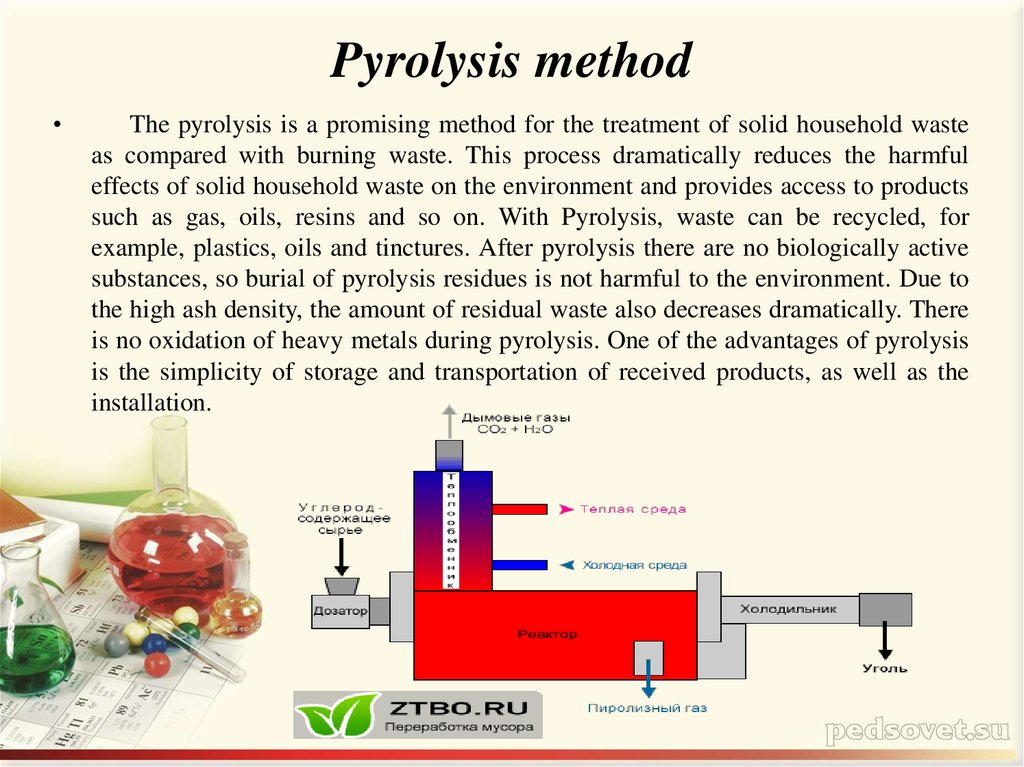


It has been shown, however, that such schemes can have negative effects through attempts to avoid paying, such as increased illegal littering, use of public bins and ‘waste tourism’ to neighbouring regions with traditional billing schemes ( Kinnaman, 2009).ĭigitalisation also enables the development of advanced ‘know-as-you-throw’ schemes. These systems allow for a ‘fair’ billing scheme by allocating costs proportional to the amount of waste generated. Pay-as-you-throw systems become more feasible using digital identification and billing techniques. In addition, the potential to collect many single data points instead of just reporting cumulative values can give local authorities further insights.ĭigitalisation as a means to incentivise green behaviour Turned into valuable information by data analytics, they can support a circular economy through ‘a better understanding of the spatial and temporal patterns of waste generation’ ( ISWA, 2019). If these digital technologies are applied in documentation processes, they can be used to gather waste-related data from the public. The technologies involved include digital identity tags for waste bins and containers, digital order processing, digital billing and payment, digital user interfaces for communication with consumers, and connecting public waste collection providers with other relevant governmental databases. Here, the ongoing switch from paper-based administration systems to digital systems, as seen in other industries, will further increase the efficiency of processes and flow of information. For example, it needs to be able to respond more flexibly to changing waste patterns and targets, or to facilitate the implementation of on-demand and customised services ( ISWA, 2019).Īnother part of waste collection is the process of documentation, communication and billing. There remains substantial room to improve the waste collection process in the future and to align it with the needs of a circular economy. Another example is the so-called internet of things, including applications such as smart bins and robotics for semi-autonomous waste collection vehicles. The resulting improvements are most apparent in increased efficiency. Important technologies include telematics, including routing systems, navigation and vehicle tracking software, enterprise resource planning (ERP) systems and similar.

In such instances optimisation algorithms help find the most suitable options for allocating resources such as workforce or vehicles. on task progress or incidents, can be monitored in real time.Īs greater volumes of information are collected, so complexity grows. Information generated during the collection process, e.g. Here, digital tools offer the potential to enhance the process by storing, processing, analysing and optimising the necessary information. Certain aspects of collection have been transformed by advances in digitalisation, especially logistics - the process of organising, scheduling and dispatching tasks, personnel and vehicles.

A revolution in waste management logisticsĭigital technologies are increasingly applied across almost all areas of waste collection.


 0 kommentar(er)
0 kommentar(er)
